About Ethiopia
Ethiopia provides great combinations of attracting destinations a country with one of the richest histories on the African continent, a land of contrast and surprises, of remote and wild places, has climate and scenery as pleasant as that in southern Africa. Have birds and animals as interesting as anything in east Africa. Have tribal groups as fascinating as any in West Africa and, Ethiopia turns out to be a country far richer than many imagine.
An ancient land of history and nature, and land of unusual contrasts. With a legacy going back as far as 60 centuries, Ethiopia is a land of mystery with regions yet unexplored.
As a tribute to this legacy, the UN Education Scientific and Cultural Organization (UNESCO) have added 10 Ethiopian entries to its “World Heritage Sites” declaration. Among these sites: Hadar, the “Cradle of Mankind” and more specifically of 4 million year-old hominid “Lucy;” the spectacularly rugged Simien Mountains; and the unequaled architecture of the rock-hewn churches of Lalibela.
Perhaps unparalleled in its variations, experts recognize Ethiopia to have as many as 16 different agro-climatic zones and rank it as one of the top 12 countries known for having richest bio-diversity.
Splendidly lush Afro-Alpine moorland peaks rise to 4620 meters while not far away lies a contrasting sulfuric inferno, the dazzling Dallol Depression with one of the lowest points on earth at 100 meters below sea level. Lying in the tropics and with an area of over 1 million square km most of the country consists of an elevated airy tableland dissected by deep river gorges and bordered all round by arid lowlands.
The most remarkable valley on the planet, the Great Rift Valley cuts across Ethiopia creating a string of 7 lakes, rich in all life forms. Ethiopia’s 9 national parks and 4 sanctuaries are known as much for their unique animal and bird life as for fabulous nature. An impressive array of fauna includes many endemic species: 31 of 277 mammal; 16 of 861 bird; 24 of 63 amphibian; 9 of 210 reptile; and 4 of 150 fish. The flora count is equally interesting in that at least 1000 of the 7000 plant species are restricted to Ethiopia. For entomology enthusiasts, 324 butterflies are recognized of which 7 are said to be endemic.
Rich too in cultural heritage, more than 88 language groups endow this ancient land. Nearing 90 million inhabitants, Ethiopia is Africa’s third most populous nation, so it follows that there exists a bounty of exotic costumes, colorful ceremonies and celebrations, arts, crafts, music and dance that liken Ethiopia to an “Africa miniaturized” …each ethnic group with distinct tradition and fascinating character.
Added pleasure can always be found in Ethiopia’s mild climate and claim to fame that boasts “13 Months of Sunshine.” In rain or shine, with all its varied and dramatic contrasts, Ethiopia is certain to create fulfilling memories not only for the Adventure Traveler but for anyone with a spirit thirsty for an enchanting new experience. Taste the waters and people of Ethiopia…and vow to return to her again and again you will like it deadly.
Formerly known as Abyssinia, this landlocked republic in northeast Africa is bounded to the northeast by Eritrea and Djibouti, on the east and southeast by Somalia, on the south by Kenya and on the west by Sudan. Ethiopia is the tenth largest country in Africa, and for comparison it is five times larger than the United Kingdom and two times larger than France.
Its capital, Addis Ababa, which lies in the middle of the country in the Central Highlands at an altitude of over 2300 meters. There are only two other capital cities located at a higher altitude in the world. Ethiopia is the third most populous country of Africa with over 90 million people 4 million of which live in the capital Addis Ababa.
The central plateau dominates the landscape. It was formed by volcanic activity, and has on three sides areas of low lying desert. This central plateau or Ethiopian Highlands average over 2000 meters high and there are over 20 peaks higher than 4000 meters.
Ethiopia is bisected by the Great Rift Valley, which runs from the Red Sea through the Danakil Depression the lowest point on Earth, through southern Ethiopia and into southern Africa. South of Addis Ababa in the Rift Valley where there are a string of eight great lakes. The two most extensive mountain ranges are in the Highlands called The Simien.
This is north of Gondar and the second at Bale which is in the southern highlands east of the Great Rift Valley. The highest mountain is Mount Ras Deshen in the Simien Mountains and at 4620 meters is the fourth highest Peak in Africa.
The mountains are also the source of many rivers, the most famous being The Blue Nile which starts at Lake Tana and supplies most of the water for the Nile. There are nine national parks in Ethiopia which contain a wide variety of animals but not to be compared with the high volumes of Kenya and Tanzania.
There are many endemic species, the most famous being the Simien Wolf. The breath-taking scenery is a paradise for hikers and non- hikers alike.
